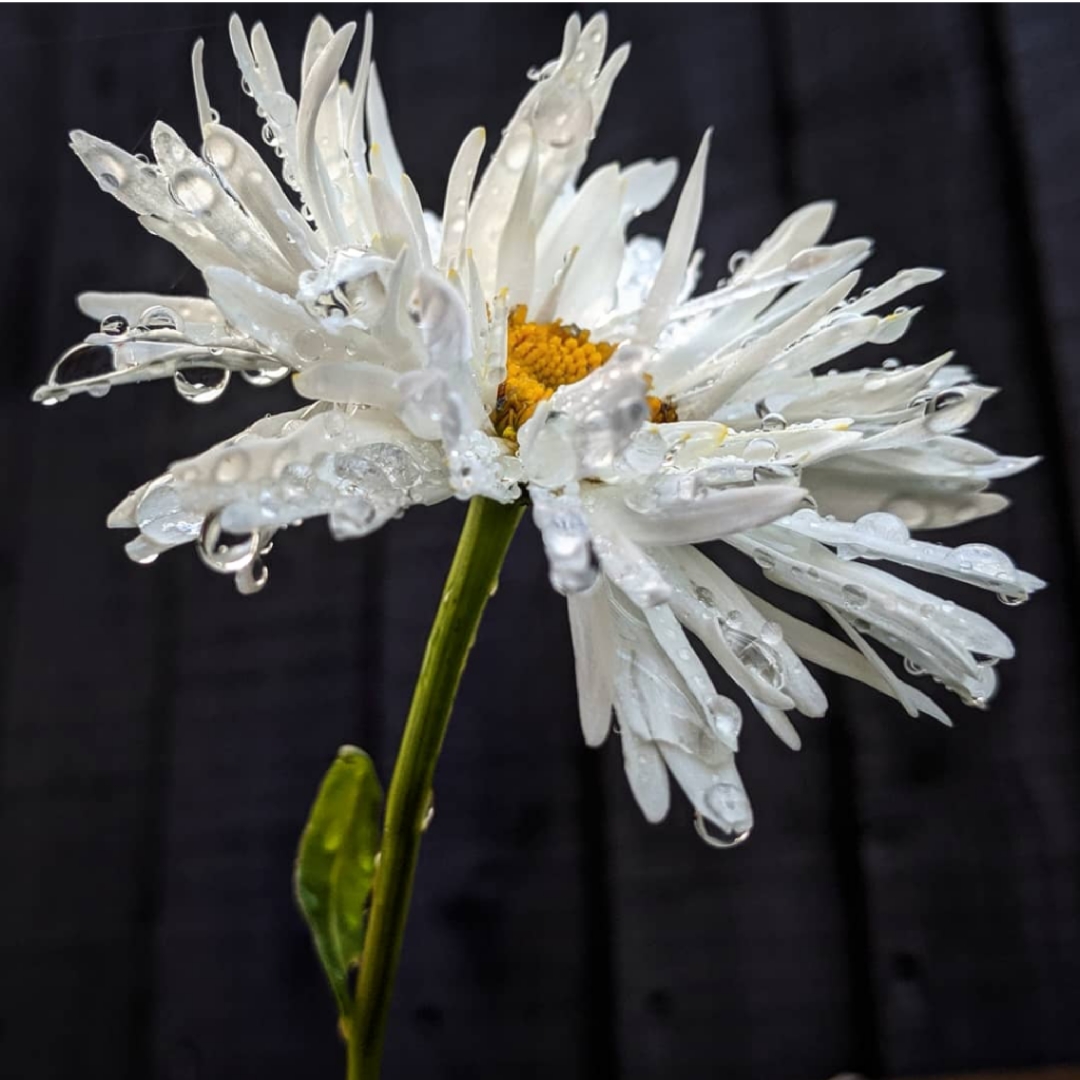
Leucanthemum x superbum 'Crazy daisy'
Shasta Daisy 'Crazy Daisy'
Large yellow-centered flowers, up to an inch and a half appear on the end of long stems throughout the summer and make for long lasting cut flower displays. 'Crazy Daisy' is a clump-forming plant with stems bearing double white daisy-like flowers with fringed and twisted petals from early Summer to early Autumn. Deadhead regularly, and cut back after flowering to encourage a second flowering in Autumn. Cut back to the base in mid- to late Autumn.
-
Full sun to partial shade
-
Very little water
-
Full Frost Hardy: 5F (-15°C)
-
Free draining
Common name
Shasta Daisy 'Crazy Daisy'
Latin name
Leucanthemum x superbum 'Crazy daisy'
type
Herbaceous Perennials
family
Asteraceae
ph
5.0 - 7.0 Acid - Neutral
Plant & bloom calendar
-
Best time to plant
-
When the plant will bloom
full grown dimensions
 1.00 M
0.75 M
1.00 M
0.75 M
Leucanthemum x superbum 'Crazy daisy'
Large yellow-centered flowers, up to an inch and a half appear on the end of long stems throughout the summer and make for long lasting cut flower displays. 'Crazy Daisy' is a clump-forming plant with stems bearing double white daisy-like flowers with fringed and twisted petals from early Summer to early Autumn. Deadhead regularly, and cut back after flowering to encourage a second flowering in Autumn. Cut back to the base in mid- to late Autumn.
Flowering Season
From Early Spring TO Late Autumn
The yellow-centered, pure-white blooms create a cheerful statement both in the garden and cut for bouquets. Daisy-like flowers up to 1.5 inch across appear from early spring to late autumn.
Planting
From Late Autumn TO Early Spring
Plant in late autumn or early spring in well drained, gritty soil in a sunny position. If the soil is too rich, the plant will lose its compact habit.
Propagating by division
From Early Spring TO Late Summer
Propagate by division in early Spring or late Summer once the plant has finished blooming. Using a fork dig up plant, trying to keep the root ball as complete as possible. Split the root ball at the centre with a sharp knife or a spade, or by placing two garden forks back-to-back into the middle of the root ball, and pushing the fork handles apart.to lever the root ball apart. Replant the new clumps to the same depth as the original, and water well. Keep well watered until established.



















